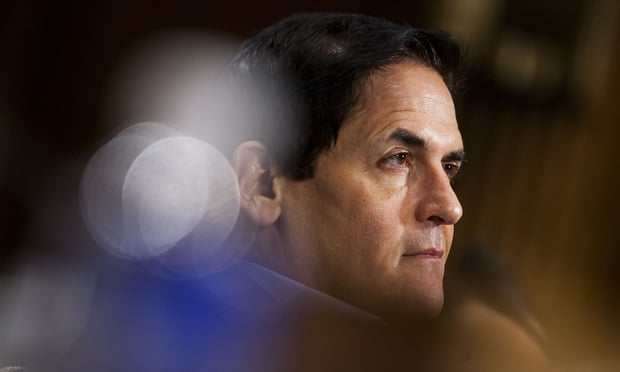 health-insurance-cost
health-insurance-cost
American health care culture sometimes reminds me of the classic Monty Python scene in which the Black Knight’s arm is severed, and he insists, “Tis but a scratch!” Americans often wave off serious health issues as “but a scratch” to justify delaying medical care, especially to avoid incurring medical debt.
This is a massive issue that has a compounding, negative impact on individuals’ health, and arguably contributes greatly to larger systemic issues like the constantly increasing cost of care.
Recommended For You
In 2022, 38% of Americans delayed medical treatment due to cost. This is an unsurprising mindset given medical debt accounts for a whopping 62% of all bankruptcy cases in America. With nearly half of Americans in medical debt and a quarter considering filing for bankruptcy to escape from it, it’s not surprising that many Americans fall into the pattern of putting it off.
And it costs them thousands as that metaphorical “scratch” festers.
When plan members delay care, we all step closer to a cliff’s edge
The simplest way to understand what happens next might be another metaphor. Those delaying care now find themselves creeping toward the edge of a proverbial care-related cliff. At some point, they’ll fall off.
Falling off a “care cliff” is when an illness or injury escalates or develops into a more urgent problem that can’t be ignored. Unfortunately, when that happens, treatment is usually significantly more complex and more expensive.
Care cliffs tend to be tiered. When someone falls off, the delay in care compounds, and the next cliff’s edge is closer and the issues are deeper.
Take, for example, a woman’s medical journey with Type 2 diabetes. We’ll call her Pam.
- Pam begins exhibiting diabetic symptoms as a teenager, but her parents do not have her covered on their insurance or have access to health payment plans after the 2019 repeal of the Affordable Care Act’s individual mandate, so they avoid the doctor except in emergencies.
- In her twenties, Pam is at work one day and passes out, and paramedics take her to the ER. A doctor diagnoses her with advanced Type 2 diabetes and prescribes medication. Pam takes her diagnosis seriously and decides to change her diet, but she feels that the medication schedule and cost will incur debt. So, she is inconsistent with her treatment.
- A year later, Pam goes back to the doctor with a wound on her foot that hasn’t healed in over a month. Her doctor tells her the unhealed wound is a result of her worsening diabetes and that it will require surgery, and he urges her to take her medication.
- Pam finally gets her medications, but due to the additional financial strain, she attempts to treat her foot wound with an over-the-counter antibiotic cream and chooses not to schedule surgery. A month later, Pam is back at the doctor with an infection and rushed to surgery, put on an antibiotic IV and is required to use a wound vacuum for a month.
The brass tax is that foregoing or delaying care is associated with an average of more than $8,000 in higher total health care expenditures for patients. And they’re not the only one’s paying the price. A 2019 study showed that employee illness and related health issues cost American employers an estimated $575 billion dollars and 1.5 million days in absences and lost productivity.
So, what can employees and employers do to avoid falling off cliff after cliff? My suggestion is to take control and provide the means to carefully and thoughtfully rappel down once.
Options to fund emergency medical needs
Emphasizing and educating on the importance of seeking more immediate care does not solve the problem. The problem lies in cost.
Using insurance with a medical provider often requires immediate co-payments or co-insurance to the provider. Many high-cost services also have a prior-authorization period, meaning that they will not be approved or reimbursed without a lengthy process — so patients are often responsible for the full cost until their insurance reimburses them.
That’s where several specific health payment tools can help when constructing holistic benefits plans.
Employers who offer high deductible plans usually offer Health Savings Accounts (HSA) or a Flexible Spending Accounts (FSA) to help alleviate stress and costs by allowing employees to save for these situations. These also use pre-tax contributions from income and are widely adopted options for saving money to pay specifically for health care needs. These accounts do have contribution limits and frequently still operate on a reimbursement basis, and they require employers and others to educate employees or, ideally, incentivize their use via matching contributions or other strategies.
A more recent development is the concept of a Health Payment Account (HPA). An HPA provider works with an employer to provide a credit card specifically for unexpected medical costs. But unlike a credit card, using an HPA doesn’t accrue interest, has no fees, and has no impact on an individual’s credit score. Get the treatment now, pay off the expense, but skip the interest. In a positive compounding effect, an HPA also pairs well with a tax-advantaged funding source like an HSA or FSA (see the above benefits), to cover immediate medical needs while waiting for reimbursed funds to come through.
Conclusion
Regardless of which mix of tools is used, we need to work as an industry to change this American tendency to shrug off serious illness and injury with a careless, “Tis but a scratch!” Health care is expensive, but delayed care not only increases the severity — it increases the costs. Look at your health plan’s structure and consider adding options (HSA, FSA or HPA are good starting points) to fund emergency medical needs and fill the gap between care and cost to keep more people away from the cliff’s edge.
© 2025 ALM Global, LLC, All Rights Reserved. Request academic re-use from www.copyright.com. All other uses, submit a request to [email protected]. For more information visit Asset & Logo Licensing.








